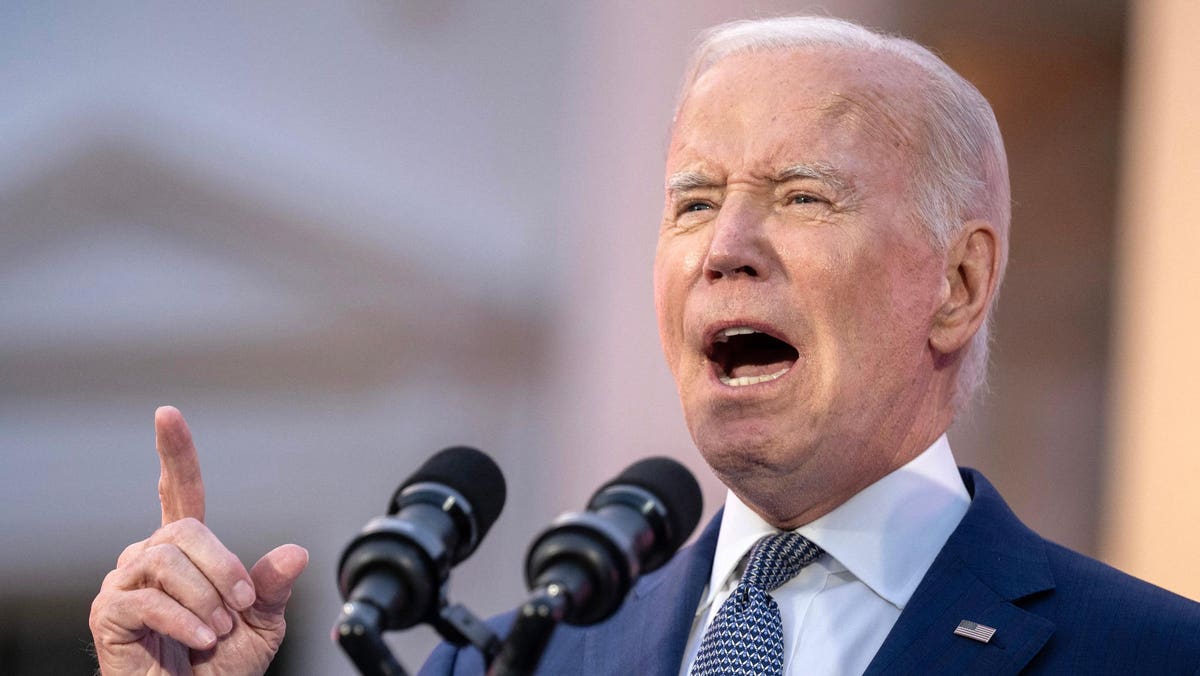Student loan borrowers have a lot to juggle right now. The student loan pause is ending soon, and millions of borrowers will be returning to repayment for the first time in over three years. Meanwhile, the Supreme Court is about to rule on President Joe Biden’s sweeping student loan forgiveness plan. And other major Biden administration student debt relief initiatives are set to go into effect in a matter of weeks.
Keeping track of key dates and deadlines in the current environment can be daunting. Here’s a breakdown.
Supreme Court Decision Coming On Biden’s Student Loan Forgiveness Plan
The Supreme Court will be issuing a widely-anticipated decision on Biden’s landmark student loan forgiveness plan, which would discharge $10,000 or $20,000 in federal student loans for most borrowers. The program has been held up for nearly a year due to legal challenges.
The Court’s next opinion release date is Thursday, June 22, and the decision could very well be released then. There are no further opinion release dates currently scheduled on the Court’s calendar. However, there are around 20 Supreme Court rulings from this term that will need to be released before the justices recess in July, and it is becoming increasingly possible that more opinion days will be added to the calendar later this month.
Sweeping New Student Loan Forgiveness And Repayment Regulations Go Into Effect In July
Significant new rules overhauling a vast array of federal student loan forgiveness and discharge programs are set to go into effect on July 1. These new regulations will impact many popular programs including Public Service Loan Forgiveness, Borrower Defense to Repayment, Closed School Discharges, and the Total and Permanent Disability discharge program. For the most part, the changes to existing rules will broaden access to these programs and, in some cases, expand relief.
The new regulations will also impact other aspects of the federal student loan system. In particular, the new rules will limit interest capitalization triggers, which can cause a borrower’s outstanding accrued interest to be added onto their principal balance. This can lead to more interest accruing over time and can have a compounding effect, causing enormous balance increases over time.
First Student Loan Forgiveness Under IDR Account Adjustment Expected Starting In August
The Biden administration is in the early stages of implementing the IDR Account Adjustment, a one-time fix to income-driven repayment programs that can allow borrowers to receive retroactive credit toward IDR student loan forgiveness terms (which are typically 20 or 25 years, depending on the specific plan). Borrowers who receive enough IDR credit to reach the threshold for loan forgiveness can expect to have their balances fully discharged, even if they aren’t currently in an IDR plan.
According to the Education Department, borrowers who reach their 20- or 25-year loan forgiveness milestone by August 1 should have their balances discharged within the subsequent two or three months.
Interest Freeze From Student Loan Pause Ends In September
After President Biden signed a federal spending bill he negotiated with House Republican leaders to raise the debt ceiling, the ongoing federal student loan pause is officially ending by the last day of August. Barring a new national emergency, Biden will not be able to extend the student loan pause again.
According to the Education Department, interest is expected to start accruing again on federal student loans on September 1. Interest rates for most federal loans (which usually have fixed interest rates) should revert back to whatever the rate was prior to the student loan pause going into effect. For borrowers who consolidated their loans via the Direct consolidation loan program during the pandemic, the interest rate for the consolidation loan would be fixed at the weighted average of the underlying loans’ rates, rounded up to the nearest eighth of a percentage point.
Student Loan Payments Resume In October
The student loan pause technically expires at the end of August. However, it will take some time for the Education Department and its contracted loan servicers to generate and send out billing statements to borrowers. And under federal law, borrowers need a sufficient time window to make their payments after a billing statement has been issued. The department expects the first payment due dates after the student loan pause ends to be sometime in October.
Key Student Loan Forgiveness Deadline For IDR Account Adjustment in December
The IDR Account Adjustment will be implemented automatically for borrowers who already have government-held federal student loans. But some borrowers may need to consolidate their loans via the federal Direct consolidation program in order to qualify or maximize the available benefits. This includes borrowers with commercially-held FFEL program loans, borrowers with any FFEL loans who want to pursue Public Service Loan Forgiveness, and borrowers with individual loans that have vastly different histories and loan periods.
The deadline for consolidating loans to benefit from the IDR Account Adjustment is December 31 of this year. Borrowers pursuing PSLF should also be sure to submit required PSLF employment certifications before this date, as well.
Further Student Loan Forgiveness Reading
Did The Supreme Court Just Drop A Hint On Upcoming Student Loan Forgiveness Case?
If The Supreme Court Rejects Biden’s Student Loan Forgiveness Plan, Here Are Other Options
4 Big Student Loan Updates When Payments Resume (And They Resume Soon)
Student Loan Forgiveness Update: What Biden’s Latest Move Means For Borrowers
Read the full article here




